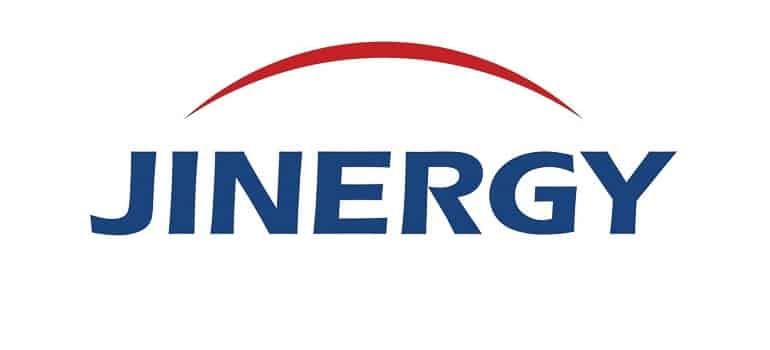
Jinneng Clean Energy Technology Limited (“JINERGY”) officially announced that its ultra-high efficiency heterojunction (HJT) module passed the new IEC standards in a test conducted by TÜV Rheinland, an independent third-party testing, inspection and certification organization, and JINERGY became the first photovoltaic enterprise to receive the certification.
The new PV module performance and safety standards (IEC 61215:2016 and IEC 61730:2016) issued by International Electrotechnical Commission (IEC) has raised the requirements on design and production of PV modules and set up entrance standards to regulate the PV market.
JINERGY, a leading PV cell and module manufacturer headquartered in Shanxi Province, China, follows a technology iteration strategy and has deployed three generations of cutting-edge technology, polycrystalline, Passivated Emitter and Rear Cell (PERC) monocrystalline and HJT. Among them, HJT is considered to be a bridge for solar cell efficiency to reach 25%.
Compared with other ultra-high efficiency technologies, HJT is manufactured using fewer procedures and JINERGY’s bifacial HJT module features excellent performance in weak light, leading temperature coefficient, and ultra-low degradation with N-type silicon wafer. Moreover, with a bifacial design, power output of JINERGY’s HJT module can be increased by 8%-20% in different application scenarios such as grasslands, cement floors and snow covered fields. The combination of dual glass and HJT eliminates PID fundamentally. JINERGY’S HJT modules help boost 44% overall power generation compared with regular polycrystalline modules.
“Bifacial ultra-high HJT technology is an ideal solution to reduce levelized cost of electricity (LCOE), the widely used standard to evaluate investment for PV power stations. So far, mass production power of 72-cell bifacial HJT module has reached 400W and mass production efficiency of HJT cells has exceeded 22.5%,” said Dr. Liyou YANG, general manager of JINERGY.
Dr. YANG also predicted that overall cost gap between HJT products and regular polycrystalline products would narrow down to 30% and the gap could further shrink to 20% in the future. After mass production of HJT modules, cost reduction and efficiency improvement will speed up solar power to reach grid parity.
ALSO READ:
Fluence Unveils SunFlex Energy Storage, its New Technology Platform for Solar PV
Exicom bags “Energy Storage Company of the Year” Award at ESI 2018
Global corporate funding into solar sector amounted to USD 12.8 billion in 2017
India proposes to levy 70 per cent safegaurd duty on solar equipment imports

